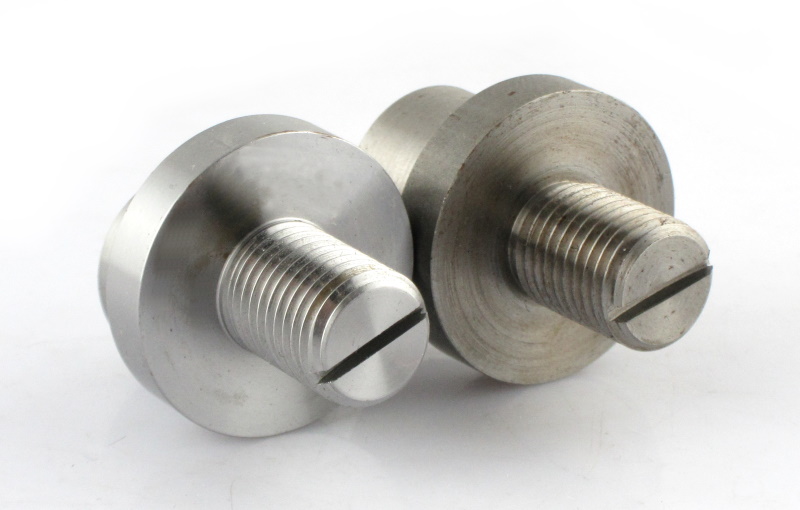How does Stainless Steel Passivation Work?2019-11-29

Stainless steel could last longer with passivation treatment.
One of the most frequently asked questions from our customers is that why stainless steel needs passivation(*Ref) treatment when it already has good anti-rust quality. It seems that workpieces after passivation treatment only look more polished and completely degreased on the surface. Actually, if we only degrease and dry the workpieces without passivation, there is no obvious difference visually. Therefore, here APPORO would like to thoroughly discuss and introduce passivation treatment from the perspective of professionals.
What is passivation treatment?
Passivation treatment refers to a chemical post-treatment in order to enhance the inherent anti-corrosion quality of stainless steel, which is different from the traditional metal pickling that removes oxide layers on the surface, and from the chemical film treatment before coating. After passivation treatment, there will be a protective oxide film on the surface of the stainless steel workpiece. This invisible film is extremely thin. Its thickness is smaller than 0.0000001 inch, around 1/100,000 the thickness of human hair. Generally speaking, workpieces after passivation treatment are clean, bright and rust-proof on the surface.
Basically, this oxide film forms naturally when the workpieces get exposed to the oxygen in the air after manufacturing, polishing, or acid cleansing process. Under ideal conditions, the surface of the workpiece will be totally covered with the oxide film. But it will also be covered with iron particles from cutting tools or the rust on them, or the ferrous particles during manufacturing. Although these manufactured stainless steel items are seemingly smooth and clean on the surface, under certain conditions these invisible and scattered particles could possibly lead to the corrosion and do damage to the quality of the protective oxide film on the surface that previously formed. Sometimes rusty spots could even be identified.
Besides, as to smoothly remove the iron chippings from the cutting tools, AISI 303, so-called free cutting stainless steel, sulfides are added. However, the sulfides on the surface also could result in rust and rusty spots after the exposure to certain environment.
When do we need passivation treatment?
Overall, there are several inevitable factors during manufacturing that could sometime cause rust and rusty spots on the surface. If the application requirement of the workpiece is rather strict, such as environment with high salinity, strong acid/base, corrosive chemicals, high temperature, or high humidity, passivation treatment is recommended. Or the material could be replaced with medical grade stainless steel AISI 316L. This grade of stainless steel is often used in some of the harshest environments such as medical industry, food, energy, construction and agricultural industries.
*Ref: Learn more about Passivation
